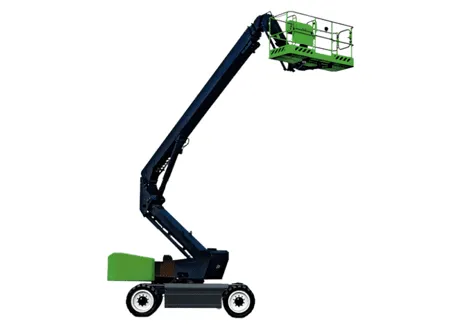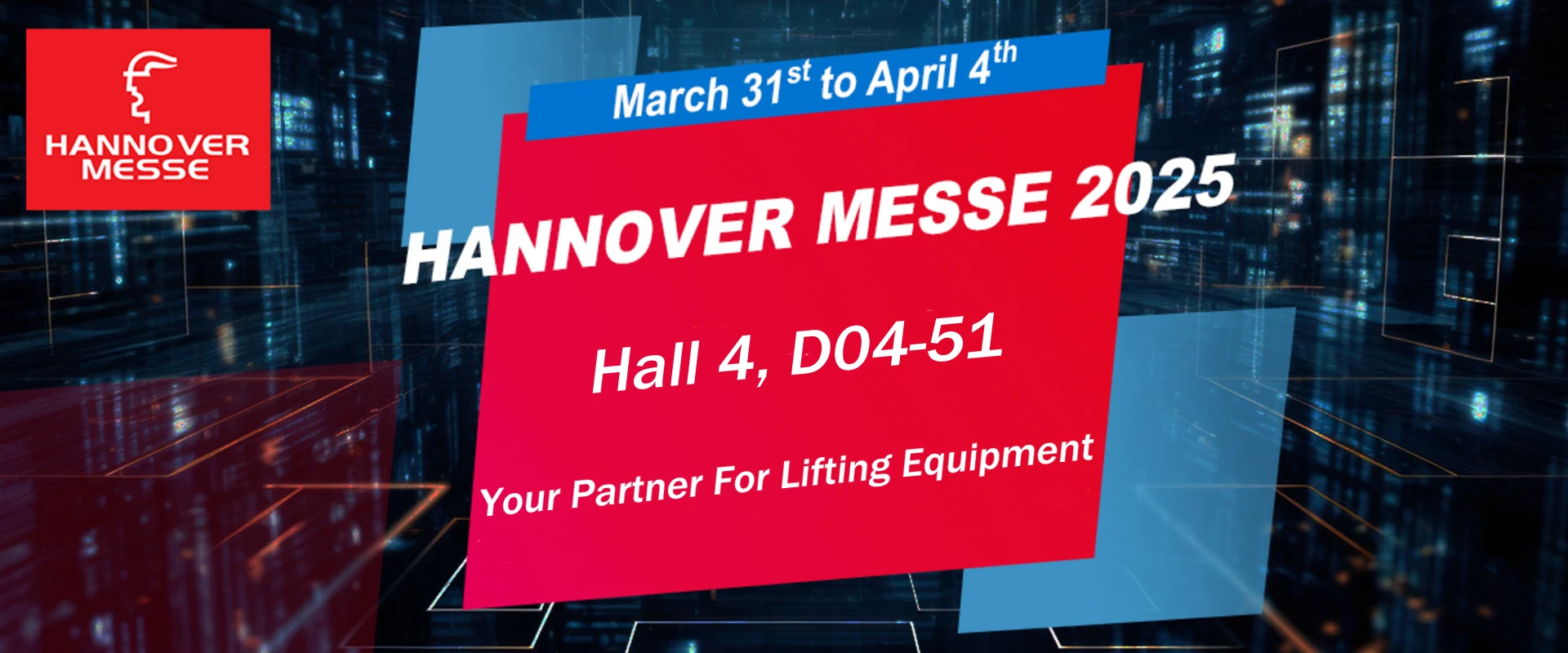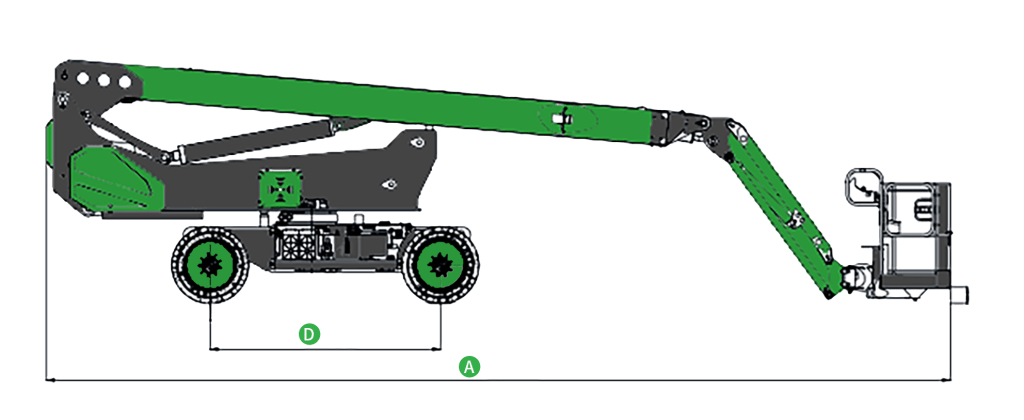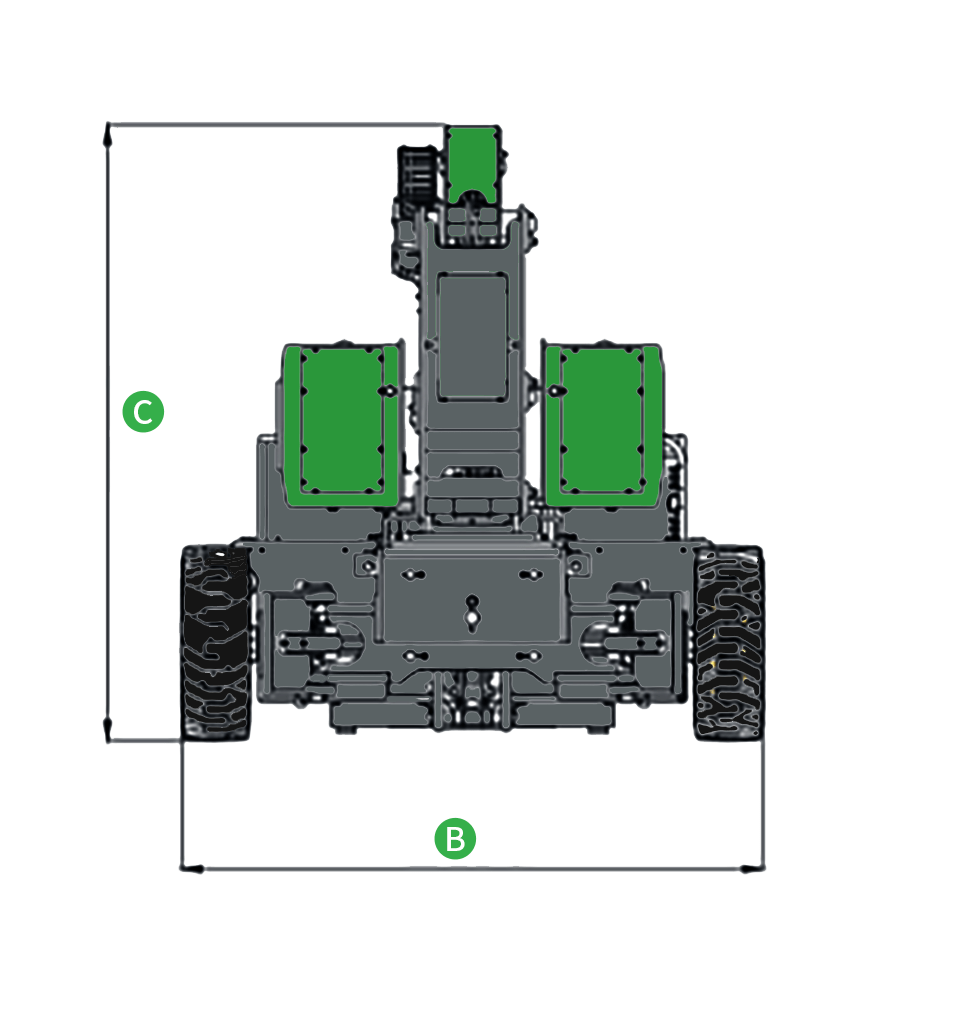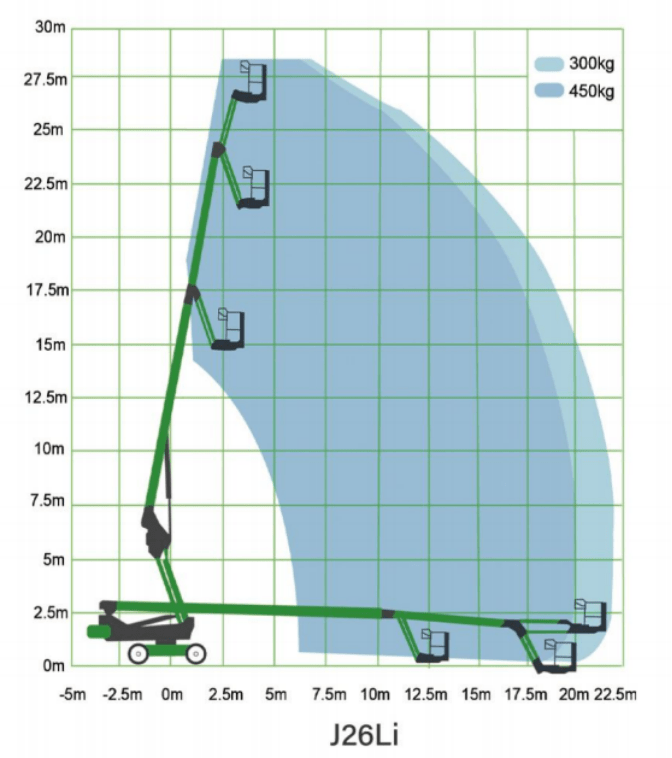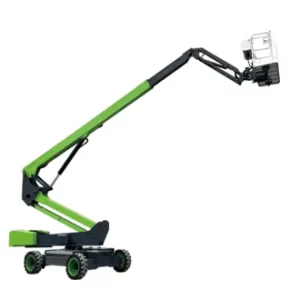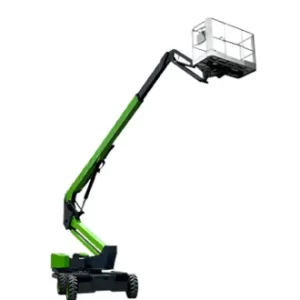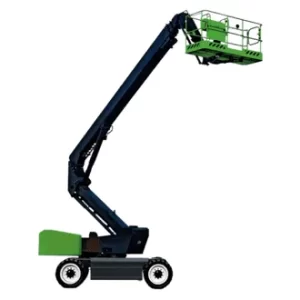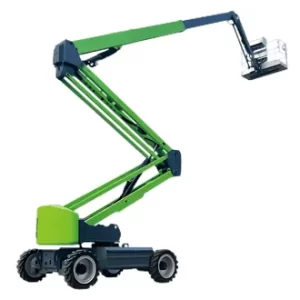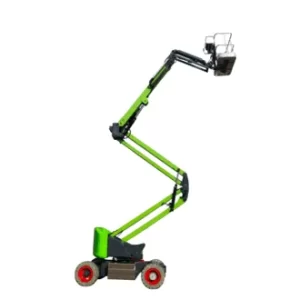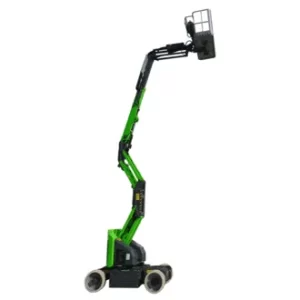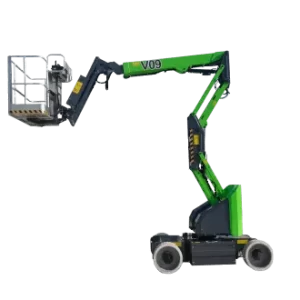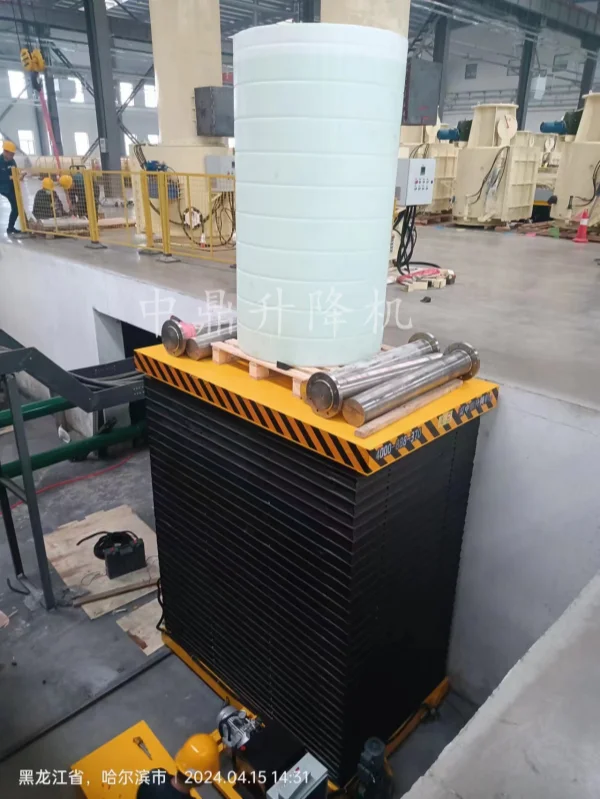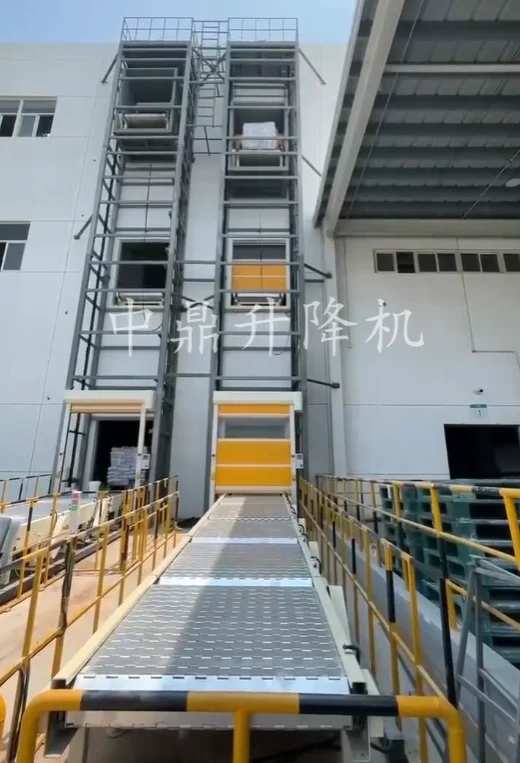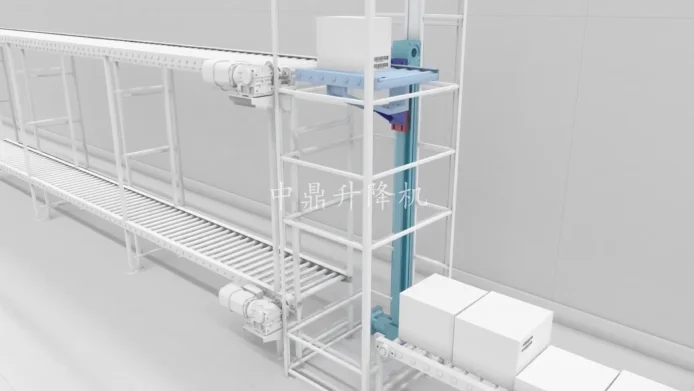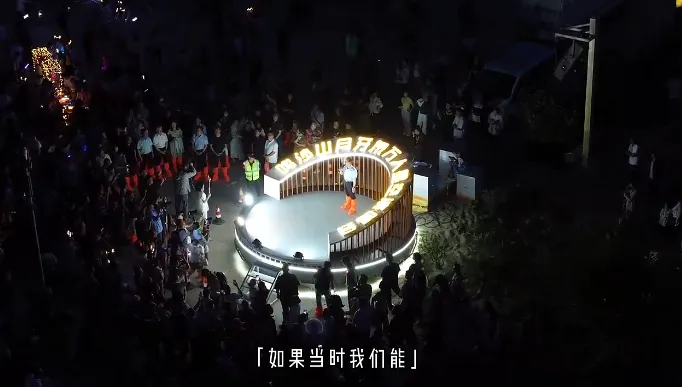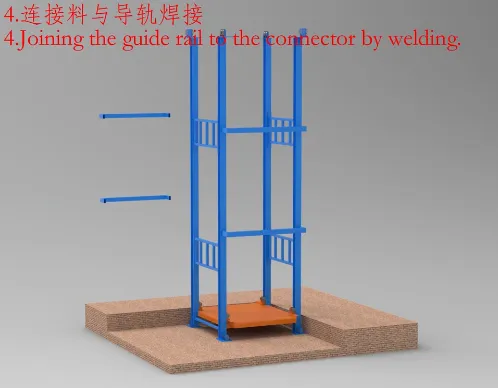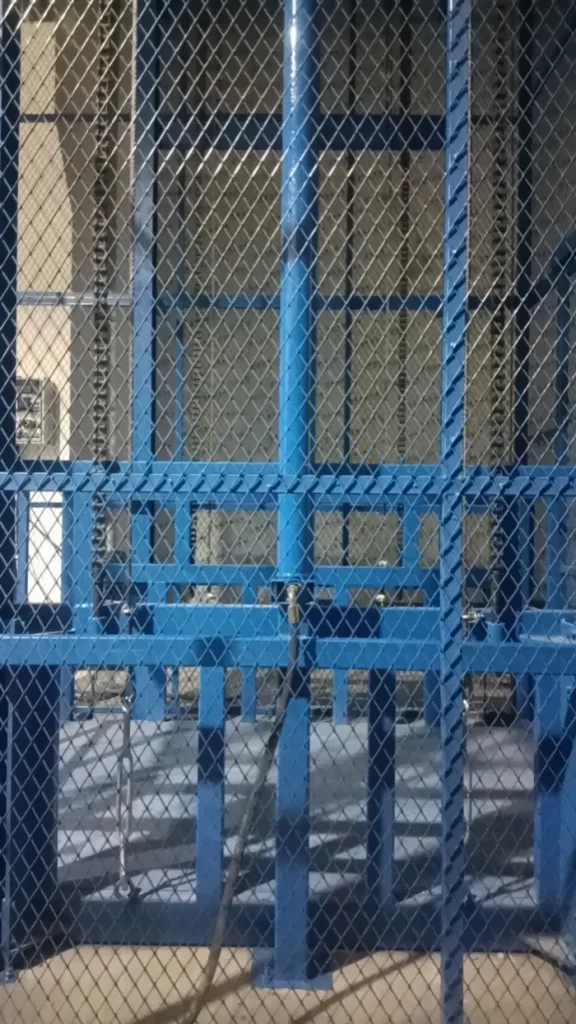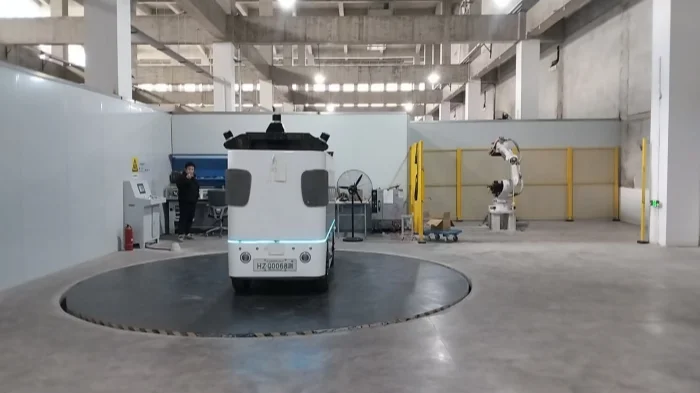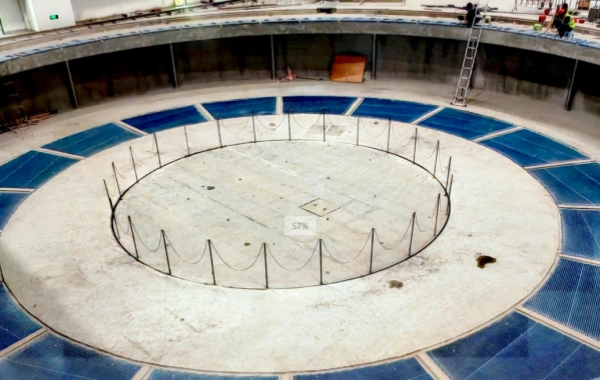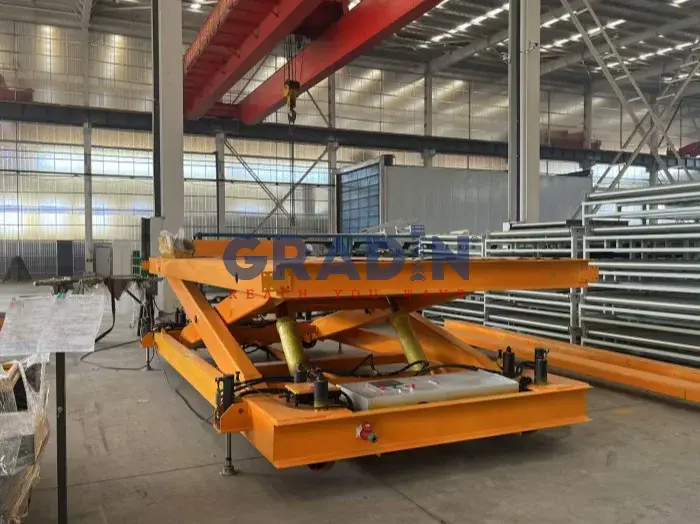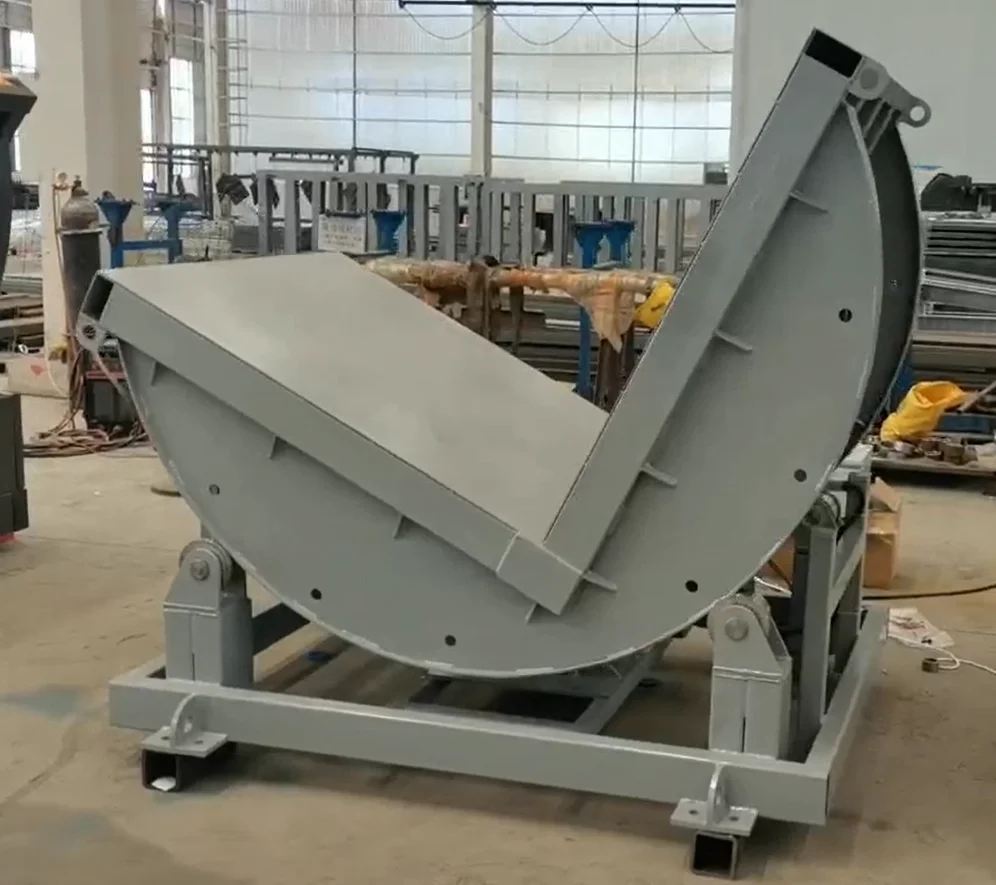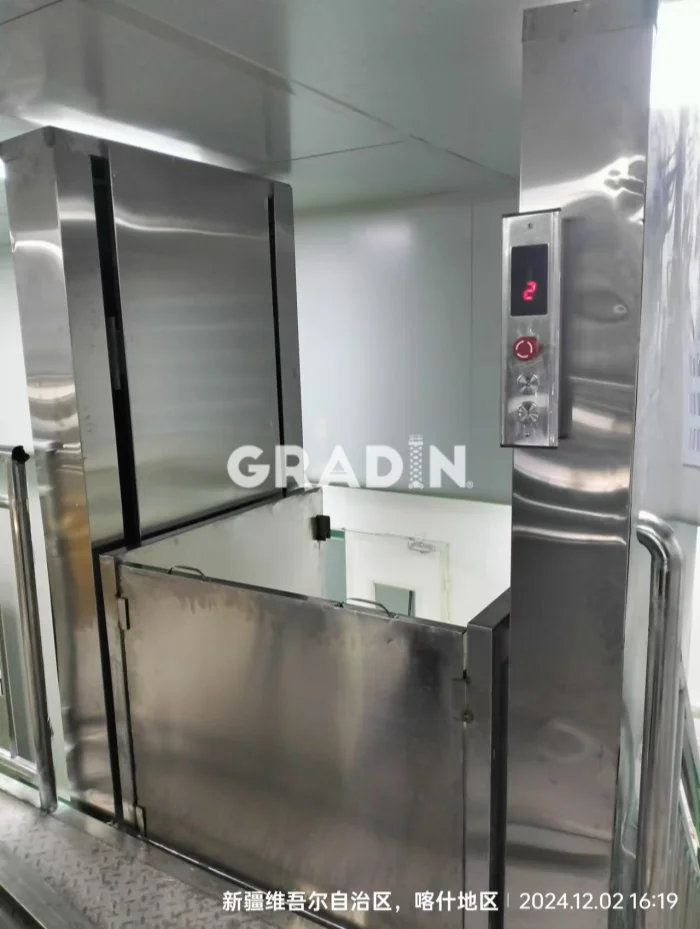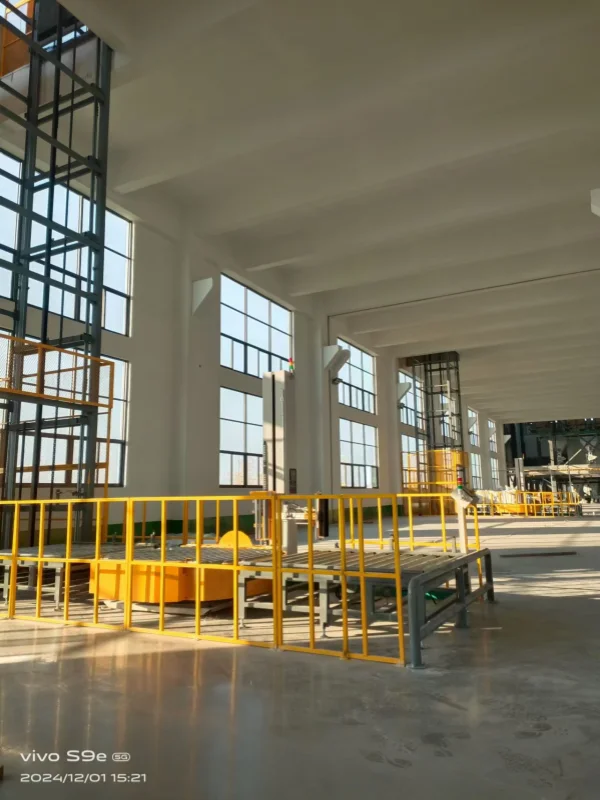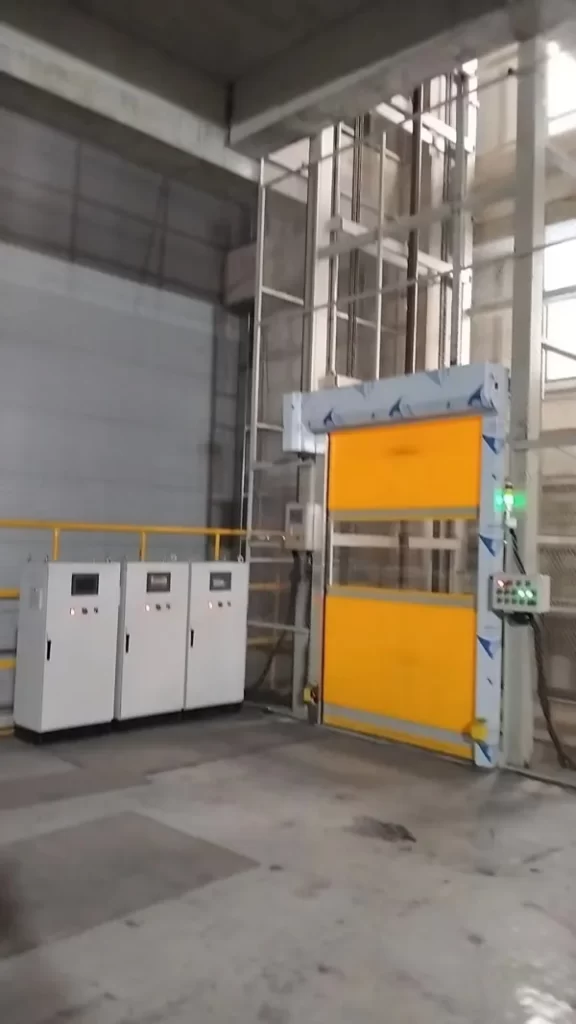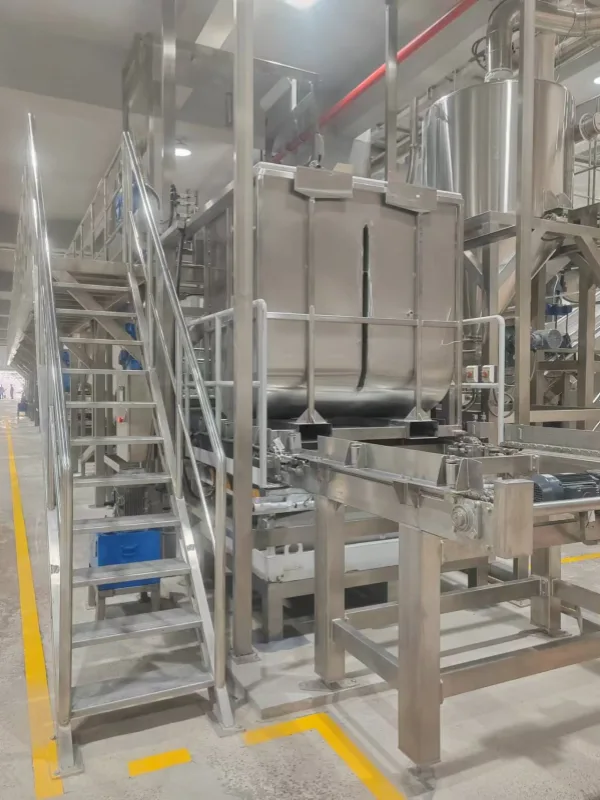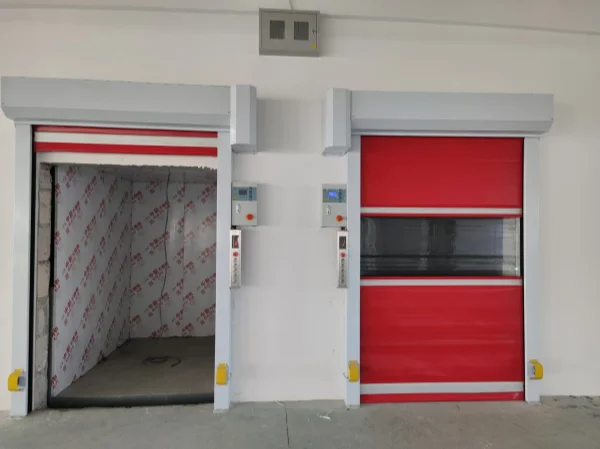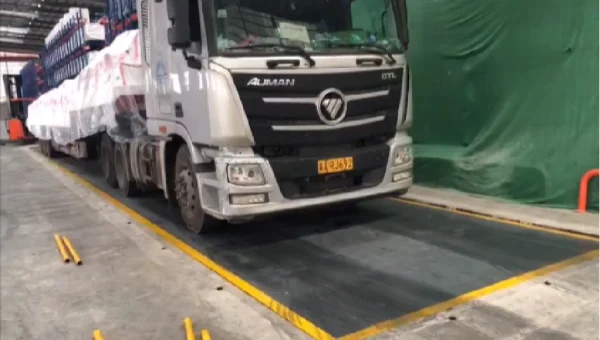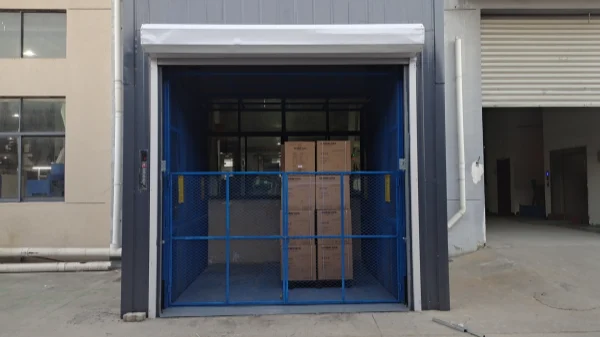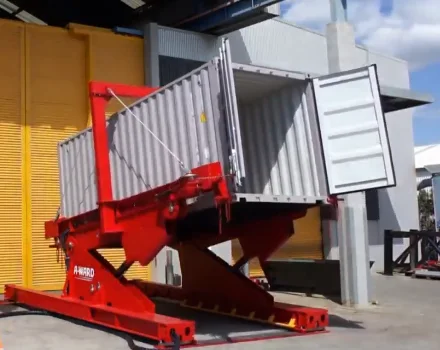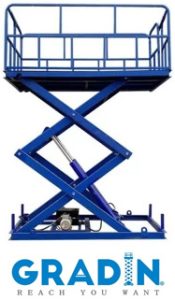Nacelles télescopiques électriques 26m
La nacelle télescopique électrique G-J26Li offre une hauteur de travail maximale de 28,8 mètres. Parfaite pour la construction en hauteur, la maintenance des télécommunications et les tâches industrielles, elle est étanche selon la norme IP65 pour une utilisation par tous les temps. Le groupe motopropulseur électrique garantit un fonctionnement écologique, tandis que les quatre roues motrices et les essieux équilibrés assurent une traction et une stabilité supérieures sur tous les terrains. Améliorez votre efficacité et votre sécurité avec le G-J26Li polyvalent.
Modèles et spécifications
| Spécifications | |
| Hauteur de travail max. Hauteur de travail | 28.8m |
| Max. Hauteur de la plate-forme | 26.8m |
| Max. Rayon d'action | 22m |
| Dimensions de la plate-forme | 2.4*0.9m |
| Ⓐ Longueur(stowed) | 11.7m |
| Ⓑ Largeur(stowed) | 2.49m |
| Ⓒ Hauteur(stowed) | 2.92m |
| Ⓓ Empattement | 3.2m |
| Garde au sol - centre | 0.3m |
| Poids | 16600kg |
| Productivité | |
| Capacité de levage max. Capacité de levage | 300kg/450kg |
| Nombre d'occupants de la plate-forme | 3 |
| Rotation de la plate-forme | ±80° |
| Rotation du plateau tournant | 360° continu |
| Rotation de la flèche (haut/bas) | ±70° |
| Vitesse d'entraînement - rangée | 5.5km/h |
| Pouvoir de nivellement - rangé | 45% |
| Angle de travail max. Angle de travail (activation du capteur d'inclinaison) | 3° |
| Rayon de braquage (extérieur) | 6.5m |
| Mode de conduite et d'orientation | 4*2 |
| Puissance | |
| Batterie | 80V/500Ah |
| Tension de contrôle | 12V |
| Moteur de la pompe | 30kw |
| Moteur d'entraînement | 5,2 kW |
| Pile au lithium | Standard |
Caractéristiques

Le panneau de commande de la plate-forme Bosch Rexroth est équipé de commandes proportionnelles par joystick et d'un bouton d'arrêt d'urgence.

Le panneau de commande au sol Bosch Rexroth est étanche selon la norme IP65 et dispose d'un bouton d'arrêt d'urgence.

La flèche utilise une technologie d'abaissement automatique du poids et un système hydraulique sensible à la charge pour assurer un fonctionnement souple et économe en énergie.

La plate-forme peut se mettre automatiquement à niveau dans une plage de rotation de ±80°.

La rotation continue de 360° de la plaque tournante permet à la plate-forme d'atteindre les sites de travail avec une flexibilité accrue.

La technologie avancée des quatre roues motrices à courant alternatif, combinée au contrôle du différentiel de direction, réduit considérablement l'usure des pneus et les taux de surcharge du moteur.

Équipé de pneus solides, antidérapants et antidéflagrants, d'une durée de vie plus longue, il assure un fonctionnement stable et économe en main-d'œuvre.

La chaîne de traînage de marque internationale de la flèche télescopique offre une protection de sécurité et des capacités de guidage pour les câbles à l'intérieur des flèches.
Vidéos
Diagram
Other Boom Lifts
FAQ
Options personnalisées
Personnalisez vos ascenseurs
De taille spécifique, configuré, mobile, à cycle élevé ou automatisé - lorsque vous avez besoin d'un élévateur pour accomplir une fonction spécifique, nous disposons des matériaux, des composants et des techniques de conception pour produire une solution de levage unique pour votre application.
Lift Product Videos
Mallettes personnalisées
Plate-forme rotative d'essai et d'étalonnage de véhicules autonomes
Plate-forme de levage sous-marine de type ciseaux en acier inoxydable 316L
Ascenseur hydraulique efficace et stable pour relever les défis du chargement et du déchargement dans l'industrie du tabac
Machine de retournement de chaîne 3 tonnes pour pompe à double vis
Elévateur de charge en acier inoxydable 304 pour la manutention de matières premières pharmaceutiques
Élévateur à mouvement alternatif conçu pour le transport de litière pour chats
Ascenseur à piston vertical efficace : Solution sur mesure pour le transport en vrac dans l'industrie des piles au lithium
Plate-forme élévatrice en acier inoxydable 316 : Solution de transport automatisé pour les brasseries
Levée de marchandises automatisée pour les entrepôts sans personnel
Plate-forme élévatrice pour Graphite Material Company
Monte-charge pour une entreprise de technologie de purification de l'eau
Plate-forme de déchargement de cargaison Équipement à plaque basculante
| CAPACITÉ DE LEVAGE | |
|---|---|
| LONGUEUR DE LA PLATE-FORME | 1 - 3 m |
| LARGEUR DE LA PLATE-FORME | ≤ 1 m |
| DISTANCE DE DÉPLACEMENT | > 11 m |

